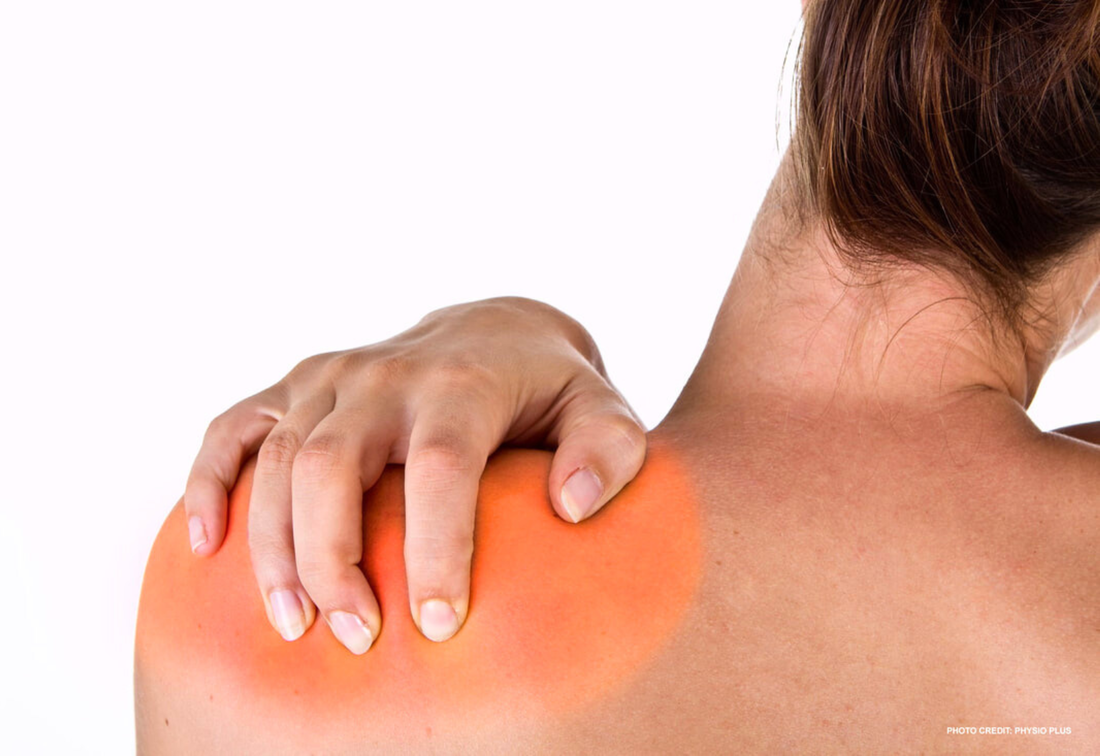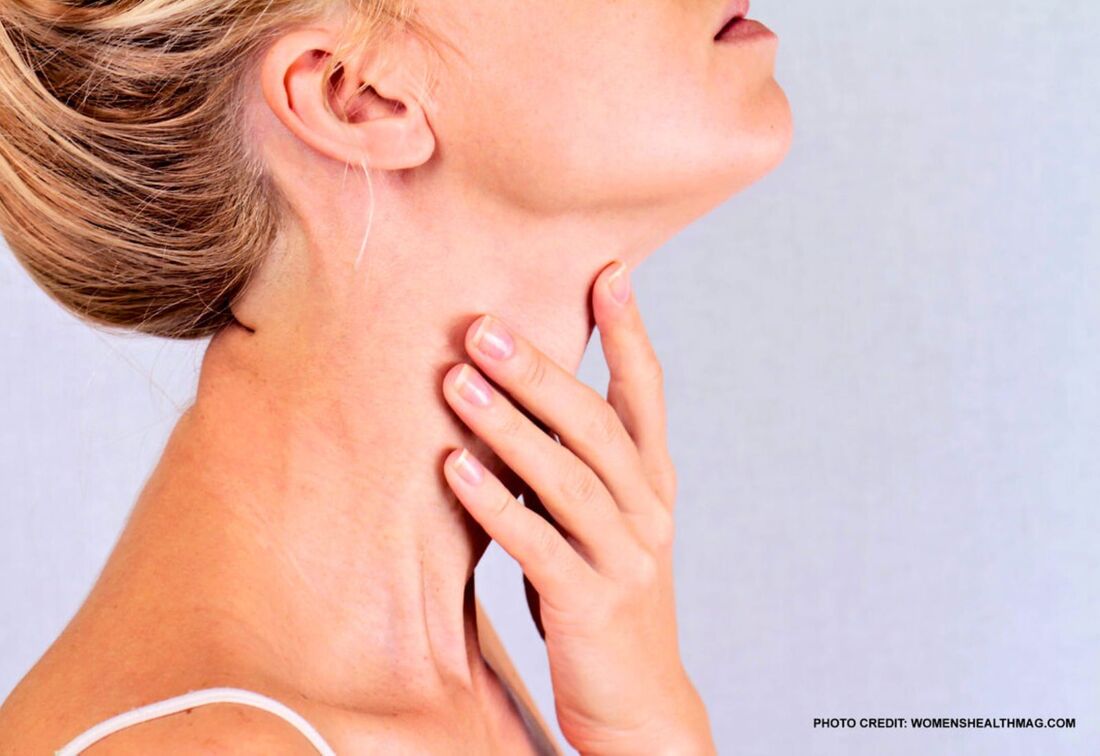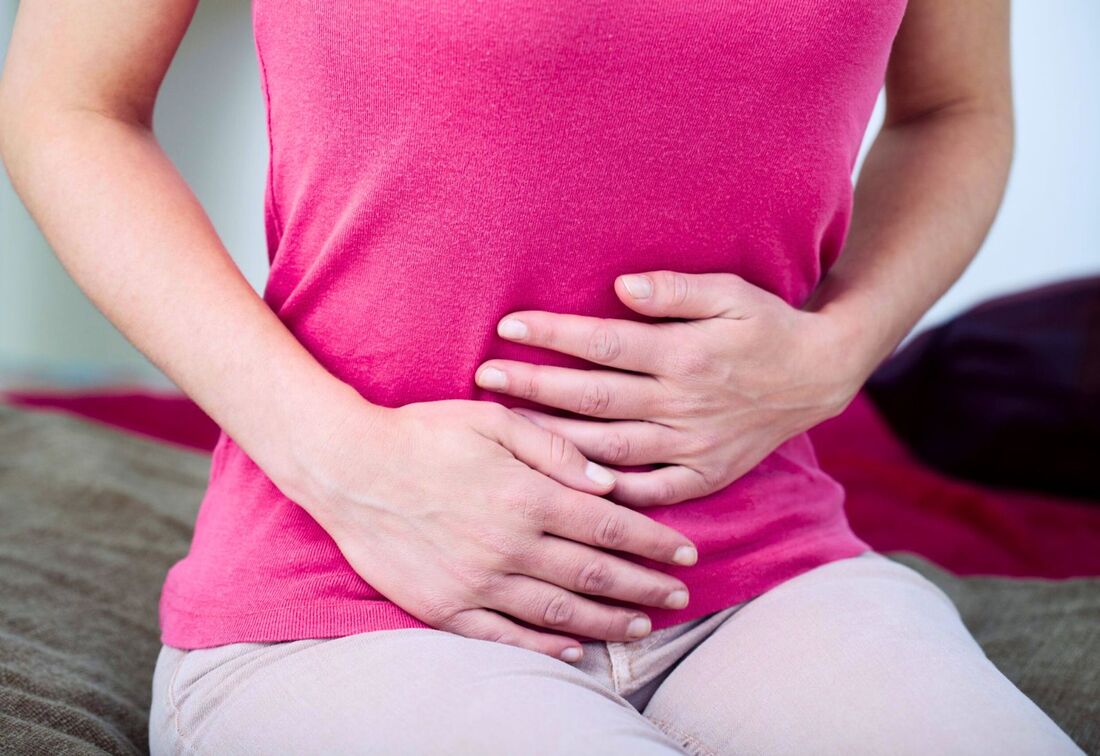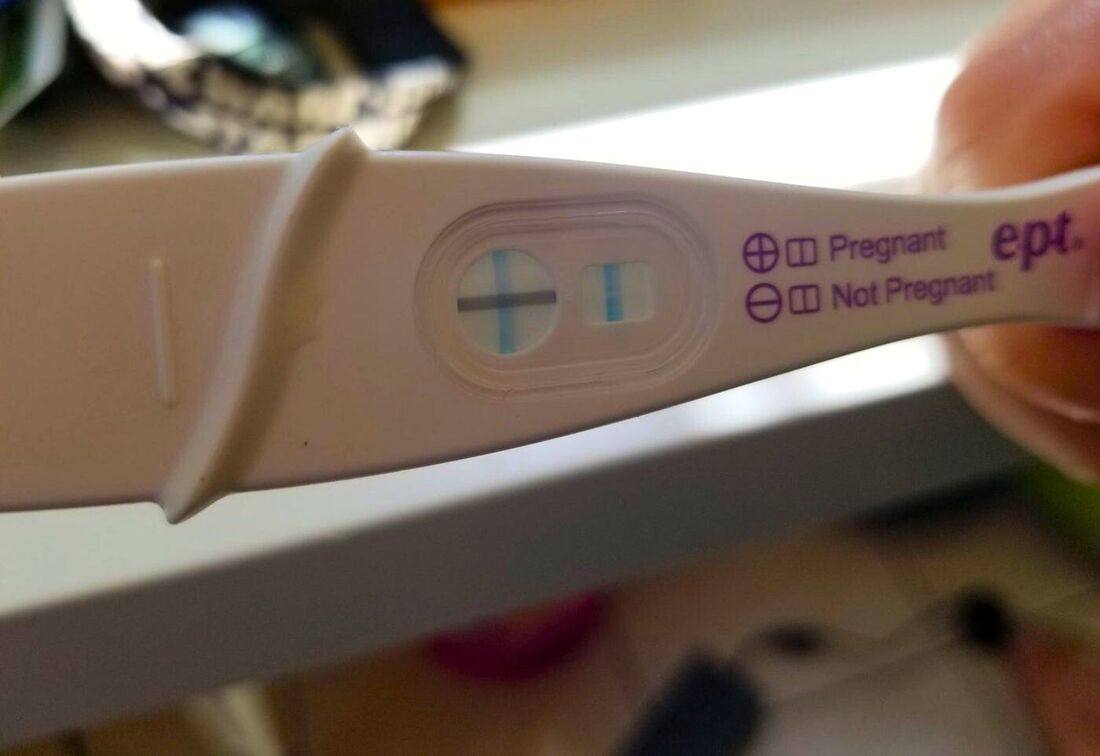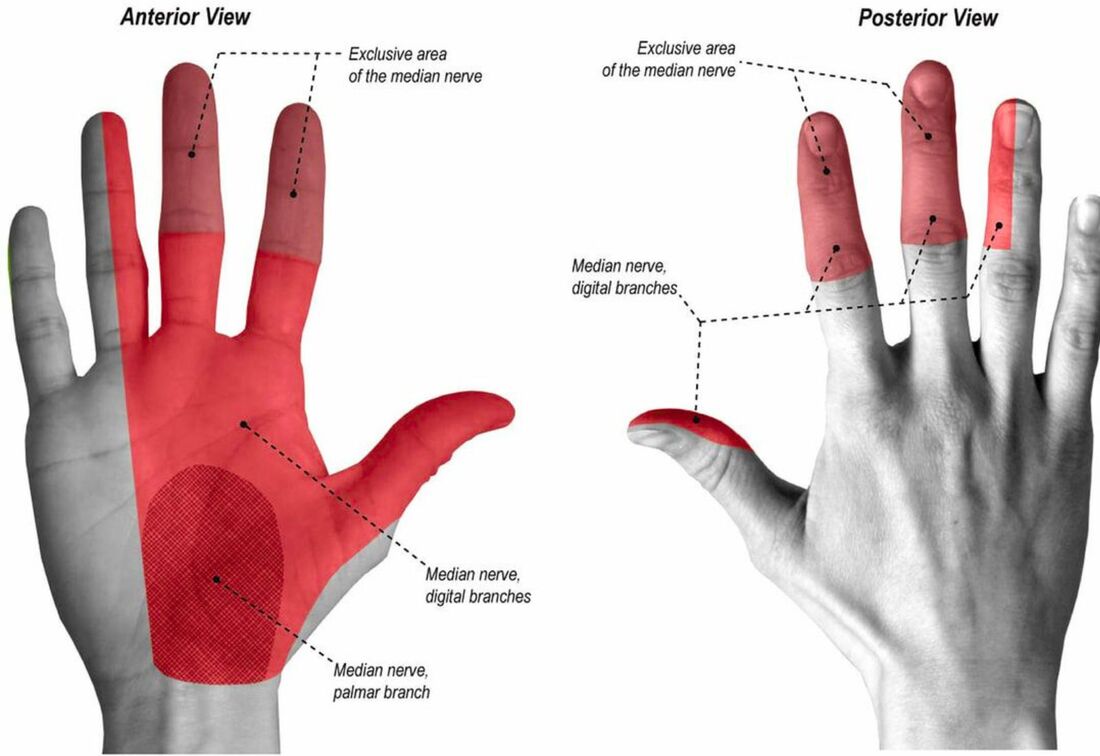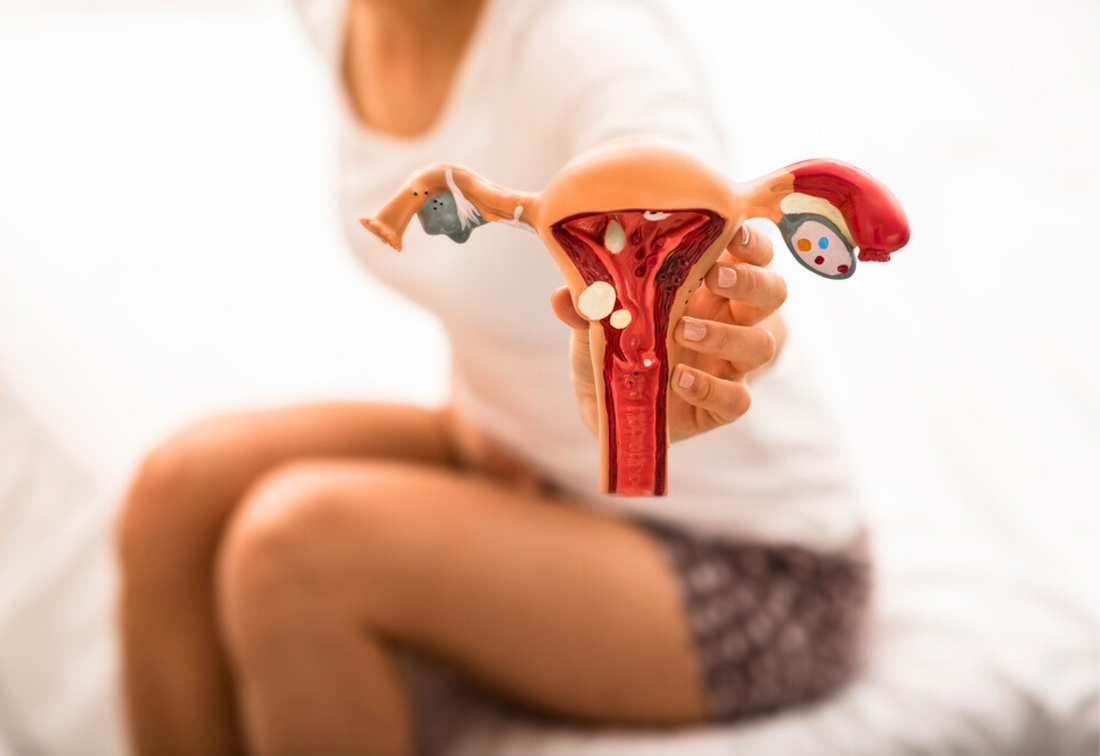Uterine fibroids and ovarian cysts: How do they differ?
April 24, 2025
Knowing one’s body and health levels can help in our journey to a healthier self, but there can be instances where it can be a challenge to differentiate certain conditions. For example, uterine fibroids and ovarian cysts are common occurrences amongst women – but how many actually know what each of them are, their similarities or how they differ?
With both fibroids and cysts being mostly asymptomatic and usually only detected on routine abdominal or pelvic ultrasounds, here are some of the most commonly asked queries. How common are they and can they occur simultaneously? Fibroids are non-cancerous growths that develop from the muscle of the uterus and often found in women during their reproductive years. Ovarian cysts, however, are sacs containing mostly fluid, occasionally tissues or blood that grow within the ovaries or on its surface. Unlike fibroids which are benign (non-cancerous), cysts can be benign or malignant (cancerous). This is where consultants will use an ultrasound and CA125 tumour marker test to differentiate a benign cyst from a malignant one. Ovarian malignancies peak at the age of 60 to 65 years. However, many cysts regress on its own in months, and harmless cysts such as follicular cysts or corpus luteal cyst grows and regresses with a woman’s menstrual cycle. Cysts and fibroids can occur concurrently – as the condition varies from patient to patient, management and monitoring depends on the sizes and respective symptoms. What causes them? While the exact causes of fibroids remain unknown, hormones, genetics and growth factors are thought to be a factor in these occurrences. Like fibroids, cysts occur naturally. Conditions such as pregnancy, pelvic infections, endometriosis and a history of ovarian cysts can increase the likelihood of developing ovarian cysts. Fibroids and cysts may also present with similar symptoms. For instance, irregular or painful period, compressive symptoms such as frequent urination or constipation, abdominal distension or bloating, back pain, unexplained weight gain or even painful intercourse. Fibroids are more likely to present with heavy menstrual bleed in comparison to their cysts counterpart. In cases of ovarian malignancies, feeling full quickly when eating, loss of weight and appetite are the accompanying symptoms. Can fibroids and cysts affect fertility? Most women with fibroids and cysts have no problems in getting pregnant. However, depending on the size and location of fibroids, it may affect one’s fertility. Both fibroids and cysts usually do not interfere if someone is trying to get pregnant. However, some of these conditions may cause the fallopian tubes to be blocked or making the environment less conducive for embryo implantation. This is especially so in fibroids that are located in the lining of the womb. The treatment of this condition depends on the symptoms and surgery is only indicated if it can improve the chances of pregnancy. Will a fibroid or cyst affect the development of the child, or the mother’s health? The biggest worry of having fibroids during pregnancy is the risk of early delivery. In some cases, it can cause severe pain where fibroids outgrow their blood supply. If the fibroid is large, it can cause malposition of the baby where the baby’s head may not turn down even at term. As for cysts during pregnancy, it usually does not cause any harm except where if the cyst is big enough to cause torsion or rupture, upon which the patient needs to seek advice from a doctor before embarking on a pregnancy journey to ensure all is good. How to treat fibroids and cysts? Smaller cysts usually do not require treatment and would be monitored for growth, whereas larger cysts would require surgical removal through either laparoscopically or open surgery. Surgery remains the permanent solution for treatment of fibroids. Where fertility is a concern, myomectomy (removal of fibroids) can be done via open surgery, laparoscopically or via hysteroscopic myomectomy depending on the size and location of the fibroids. For women who no longer desire conception or are in post-menopausal stage, the option of hysterectomy (removal of womb) would be considered. Uterine artery embolization and new advances in technology such as High Intensity Focused Ultrasound (HIFU) surgery are other alternatives, but are not widely available at many facilities yet. For patients who do not require surgical intervention, giving medical relief for symptoms such as heavy menstrual bleeding and painful period are essential. What can I do to prevent or manage them? Fibroids and cysts are not hereditary - meaning it is not passed down from one generation to the other. However, it can run in families. Regular gynecology check-up is recommended as the growths of fibroids and cysts may not cause any problems and may go unnoticed. It is important to do ultrasound scan to monitor the size of the fibroids or cysts and to review your symptoms. Not all fibroids or cysts need surgery. However, if you do have symptoms or planning to conceive, your doctor can recommend the right treatment for you. There is still no evidence that can help to prevent the formation of fibroids or cysts. But practicing good health and maintaining a well-balanced diet is good for your overall well-being. |
EXPLORE FURTHER
The link between menopause and pelvic organ prolapseDiscomfort during sexual intercourse due to vaginal dryness and reduced elasticity
|
Breaking the silence on period poverty: Empowering students with USM PinkBankEnsuring dignity and health for every student
|
20 Clever ways for busy moms to sneak in some 'me time' every dayPrioritize self-care, as taking care of oneself can actually make it easier to take care of others
|
5 Ways to tweak your health and diet for a healthier decadeThe age milestone is a good reminder
|
Surviving, living or striving as a woman: Overcoming poverty and hardshipUnleash your potential as a woman
|
Breaking societal norms: Women's ambition after marriage and childrenIs it wrong?
|
Perimenopause and menopause: Knowing what to expectHot flashes and disturbed sleep are common hallmarks
|
(Ask a Dr) I fart when I orgasm. Is there anything I can do to make it stop?Pre-lovemaking no-nos: Foods to avoid
|
Women's sexuality and pleasure: What are we so afraid of?From nervous twinges to empowered pleasure
|
Stretching and strengthening exercises for a frozen shoulderThe inflammatory phase to freezing stage
|
Giving birth can trigger autoimmune thyroid diseaseUnderstanding hypothyroidism: Causes and connections to iodine deficiency
|
Pelvic floor dysfunction: Effects on urination, bowel movements, and sexual intercourseA comprehensive guide
|
Pelvic organ prolapse explainedNumbness during sex a possible symptom
|
Understanding pelvic pain: Causes, symptoms, and treatmentExploring the complexities and effective management options
|
No period, yet not pregnant? Here is a possible reasonUnderstanding primary ovarian insufficiency (POI) and its impact on women's health
|
Carpal tunnel syndrome more common in women than menAssociation of diabetes, gout, and rheumatoid arthritis
|
Magnesium deficiency causes sweet craving and stress eatingFactors affecting magnesium intake
|
The difference between premature ovarian failure and premature menopauseThe connection between conception and infertility
|












